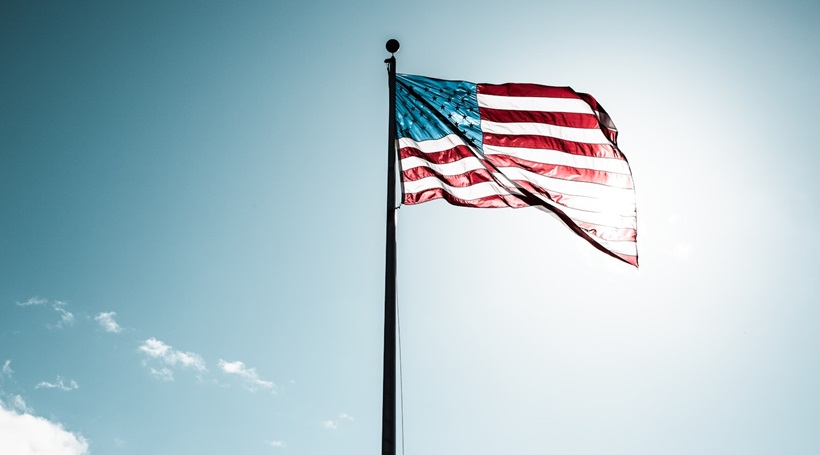Last Updated on January 1, 2025
At the time of its establishment in the 1940s, the US Marine Corps Base of Camp Lejeune was renowned for its military operations. Today, it is famous for very different reasons. The water contamination incident that took place on those North Carolina grounds is considered to be the worst in US history.
At least one million people, veterans and otherwise, were affected by the tragedy. Out of these, over 170,000 were military members. Currently, there are 16 known conditions or injuries associated with Camp Lejeune waters. These include cancer of the lung, bladder, ovary, breast, infertility, aplastic anemia, neurobehavioral changes, and Parkinson’s disease, among others.
Though it’s been three decades since the incident happened, its aftermath can be felt even to this day. So, what are the key takeaways or lessons one can take from the Camp Lejeune water pollution disaster? In this article, we will discuss at least three key takeaways.
Read More – Why Do I Want A Baby So Bad?
Origins of the Tragedy and Current Litigation
The contamination problem started back in 1953 but was largely unknown to the Camp Lejeune residents and the government. Three water supply tanks across the Base – Tarawa Terrace, Hadnot Point, and Holcomb Boulevard – were polluted with Volatile Organic Compounds (VOCs).
These contaminants were released by an offshore dry cleaning facility. The process continued till the early 1980s. In 1982, official investigations were conducted to detect water contamination. Though the same was confirmed, the polluted tanks were closed only in 1985.
At the time, it was clear that the organic chemicals would impact human life and the environment. However, little was known regarding the scope of the damage, which only revealed itself in the years that followed.
Over the next decade, victims tried seeking legal justice but in vain. The government’s sovereign immunity and the Feres doctrine stood as the major roadblocks.
President Joe Biden took matters into his own hands with the Camp Lejeune Justice Act of 2022. Through this Bill, victims could first file administrative claims with the Navy Judge Advocate General (JAG). In case of no resolution within six months, the claim would turn into a lawsuit.
Since the passing of the CLJA, the litigation has come a long way. According to TorHoerman Law, pre-trial preparations are underway as the Elective Option is resolving high-priority cases. The plaintiff’s counsel is still actively accepting new filings since the statute of limitations extends till August 2024.
On average, the Camp Lejeune water contamination settlement amounts will range between $10,000 and $1,000,000. The individual payouts will depend on the strength of the case, the severity of injuries, and the time spent at the Base.
Read More – The Ultimate Guide to Choosing Bathroom Upgrades That Pay Off
3 Important Takeaways to Remember
The Camp Lejeune incident has indeed left behind a sad legacy for thousands of military families. Let’s look at the three main takeaways of the catastrophe that altered the course of US history.
Routine Testing Never Hurts Anyone
There was a time when water contamination was unheard of. Almost every lake or stream supplied clean enough water that could be consumed after simple filtration methods like porous clay jars and heating.
Today, the scenario is much different with the production of industrial chemicals. Municipal water must be routinely tested for any impurities that may have after-effects similar to the Camp Lejeune disaster. After all, this was a major drawback of the tragedy in question.
VOCs do not have a distinct smell, taste, or color and hence, residents could not detect their presence in the water. Had the government conducted routine testing and quality control, the situation would have been discovered much sooner.
The Need for Proactive Measures in Safeguarding Military Communities
The US military pollution is considered to be the most major contributing factor to climate change. It is widely known that military activities can impact the environment significantly. In a majority of these cases, the military community itself is the most adversely affected.
In the case of Camp Lejeune, the water contamination may not have been the direct result of military operations but the community was in danger. There is a need for the government to tighten measures that safeguard military communities.
One example would be the effective management of water sources and quality prediction using modern technologies.
Read More – How Many Calories Does A Baby Need?
Strict Regulatory Standards Are Non-Negotiable
Rigid regulatory guidelines are another need of the hour to prevent future tragedies. This will not only keep human life safe but also the environment. As per the Minnesota Department of Health, organic chemicals like TCE can easily evaporate into the air or get mixed with water.
As a result, they deplete the ozone layer and render groundwater unfit for consumption. Strict regulations regarding the production, storage, and remediation of such chemicals will prioritize public and environmental health. Besides, regular monitoring is a must to ensure the standards are not being violated.
It has been over six decades since the Camp Lejeune water contamination disaster started. Today, victims are fighting for legal justice, though many have already succumbed to their injuries or natural causes.
Given the magnitude of the loss, a similar incident must be avoided at all costs. That starts with paying heed to the lessons learned from Camp Lejeune.

